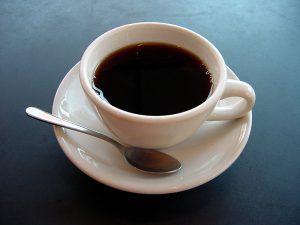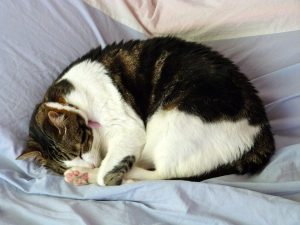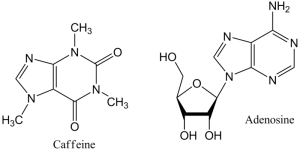It’s late afternoon now. You had your perfect cup of coffee in the morning, but the day has taken its toll on you. Shall you go for another cup? Or perhaps a nap to wake you up?
I recommend to you not either or, but both! Yes, the best of both worlds: the coffee nap.
 +
+ 
Coffee Nap: a cup of coffee then a nap (see, I google “coffee nap” and I get sleeping animals).
Left: Wikimedia Commons – Julius Schorzman. https://commons.wikimedia.org/wiki/File:A_small_cup_of_coffee.JPG
Right: Pixabay – Scheeze. https://pixabay.com/en/cat-sleeping-nap-bed-portrait-pet-2092451/
Why aren’t coffee naps a trend? Scientists discovered two decades ago that drinking a cup of coffee, then napping for 20 minutes will boost your energy way more than a regular nap or coffee. Sleepy people who took a 15-minute coffee nap before being tested in a driving simulator scored higher. Research also says that coffee naps wake you up more than face washing, bright light, taking breaks, and coffee or napping separately.
So how do coffee naps work? First let’s learn how caffeine wakes you up.
Caffeine, a chemical in coffee, enters your bloodstream about twenty minutes after you drink it. It makes it way to your brain where it fills receptors which are normally filled by adenosine, another chemical. This happens because caffeine is similarly shaped to adenosine.

The chemical structures of caffeine and adenosine. Note how similar they are: they both have N (Nitrogen), O (Oxygen), and ring structures in their chemistry.
Wikimedia Commons: Edgar181. https://commons.wikimedia.org/wiki/File:Caffeine_and_adenosine.png
What does adenosine do? Adenosine builds up in your brain with each moment you are awake, and when it fills receptors it makes you sleepy. But when caffeine blocks adenosine, you don’t become sleepy.
A nap works in a similar way. Sleep doesn’t block, but removes adenosine from the brain. But if you sleep for more than twenty minutes, you fall into a deep sleep and become less alert when you wake up. So short, power naps are actually effective!
Now let’s put caffeine and napping together. First your nap removes adenosine from your brain so the receptors are less filled. Then, at twenty minutes, caffeine comes in and blocks more receptors than it could have without the help of adenosine. The result? Your afternoon rescue.
So take that coffee nap! Even half-sleeping for twenty minutes will be helpful, and you can also drink other caffeine beverages.
As for me, even though I still don’t drink coffee, and can’t nap either, I will give it a shot. Let me know how it goes for you!
Cheers,
Ivy Wu
